The electric Ford Explorer has finally gone on sale in Europe more than a year after its unveiling, priced from less than £40,000 and with a range of up to 374 miles.
The new SUV – based on the Volkswagen Group's MEB platform – was due on sale in autumn last year. It has been launched half a year late due to the onset of a new UN battery certification, in light of which Ford chose to source a new power pack and re-engineer the car to accommodate it.
As a result, the firm's factory in Cologne, Germany – where the Explorer will be built – has been dormant since the Fiesta ended production there in July.
Martin Sander, who leads Ford's Model E electrification division in Europe, said the delay has allowed the company to further refine the Explorer and ultimately bring to market a more competitive car.
The Explorer "is a better vehicle now than we would have launched half a year ago," he told Autocar. "We've used the additional time we had to get everything nailed down, to make sure that we're delivering a perfect vehicle to our customers."
The main reason for the SUV's delayed launch was that the battery it was due to use didn't comply with new UN Regulation 100.3, concerning the certification of EV safety, so Ford decided to wait until a new nickel-manganese-cobalt (NMC) pack became available and re-engineer the car to accommodate it.
Read our Ford Explorer first ride here
That new battery, as well as compliance with the new regulations, also offers a significantly higher maximum range of 374 miles - well above the 311 miles that Ford was originally targeting from the longest-legged variant.

Sander said that figure is "outstanding in this segment" and a testament to how Ford has used the extra half a year of development time "very, very effectively to keep working on the vehicle and making the vehicle better".
That headline range figure is achieved by the single-motor Extended Range car, priced from £45,875 and fitted with a 77kWh battery - matching the capacity of the Volkswagen ID 4 and Skoda Enyaq with which it shares its MEB architecture and rear-mounted 282bhp 'AP550' motor.
The twin-motor four-wheel-drive Explorer, which uses the 335bhp powertrain from Volkswagen's GTX-badged sporting EVs, uses a slightly larger 79kWh battery (which has just been made available on the Volkswagen ID 3 and Cupra Born) to crack 329 miles.
Maximum charging speeds are put at 135kW and 185kW respectively - the latter giving a theoretical 10-80% top-up time of just 26 minutes.
Ford puts the rear-driven Explorer's 0-62mph time at 6.4sec and the more potent 4WD variant's at just 5.3sec - quicker, it highlights, than a Ford Focus ST.
The range-topper can also tow loads of up to 1200kg.
A lower-powered Standard Range car, with a 168bhp rear motor, a smaller 52kWh battery and a maximum charging speed of 125kW, will be added to the line-up in due course, taking the price down to £39,875.
Sander said that while the Explorer touts range and on-paper performance figures that stand it in good stead against rivals, it's just as important that the EV adheres to Ford's trademark dynamic values, and this was a priority during development.
"We are known for sporty and dynamic driving performance and behaviour," he said. "Just a couple of weeks ago, my team and I had a comprehensive test of electric vehicles where we drove the Explorer along with all its competitors. And it's really amazing to see that this vehicle has a very distinct character. It's comfortable because it's a vehicle for every day, but it's got the driving dynamics you would expect from a Ford."
Sander said the Explorer strikes a "balance between a comfortable ride on the one hand – what you expect from an everyday family car – but also in driving dynamics".
"The engineers really did a great job to create a distinct Ford vehicle, not just put another electric vehicle out," he added.
Asked if Ford has taken on board feedback from the Mustang Mach-E electric SUV, which was criticised at launch for its firm ride, he said: "Yes, of course. We've taken on board all feedback we've received about our products over the last couple of years."

There are just two trims on offer for the Explorer: Select and Premium. All cars come with a heated steering wheel, heated seats (with massage function for the driver), wireless smartphone charging and wireless smartphone mirroring.
Premium trim adds a 10-speaker Bang & Olufsen sound system, ambient lighting and dynamic matrix LED headlights with 'glare-free' high beam function.
"To make the purchase process as effortless as possible," Ford said, only two options are available: a panoramic glass roof and a driver assist pack which brings a hands-free bootlid, a head-up display, 360deg parking camera and lane-change assist.
The Explorer is the first of at least two EVs that Ford will launch on the MEB platform, the second being what Sander refers to as a “more sporty, slightly larger” SUV that will be “another amazing Ford icon”.
Spotted testing already and widely understood to be called the Capri, this second EV will launch just a couple of weeks after the Explorer, in around July.
Ford previously planned for the two MEB cars to achieve sales of more than 600,000 units across Europe over a six-year period, but Sander told Autocar that the company has adjusted its objectives in light of a region-wide softening in demand for EVs.
“We have adjusted volume to market assumptions. We see EV adoption slowing versus our original assumptions, and of course we are adjusting our volume aspirations according to what we see happening in the market.”

He said the adjustment is “not significant” but stopped short of revealing any precise figures. “In the long run,” he explained, “we are still deeply convinced that EVs will be the future and we will see a significant increase in volume over the lifecycle of the vehicle.”
As a showcase of its endurance potential and real-world utility, the Explorer has become the first EV to circumnavigate the world, with adventurer Lexie Alford driving a prototype more than 18,000 miles – through 27 countries and across six continents – over a six-month period.
Speaking as Alford crossed the finish line of her expedition in Nice, France, Ford CEO Jim Farley said: “Ford wants to bring passion and emotion to electric vehicles in Europe. There are enough boring cars and SUVs out there. The new Explorer represents Ford’s unique character, which is stamped on every car in this fantastic convoy.
“We’re proud to launch this new all-electric passenger car designed specifically for Europe’s roads and customers, and obviously capable of taking you anywhere in the world."
What is the Ford Explorer?
The new SUV marks the start of Ford's new era. It's a European-focused, European-designed and European-built electric SUV channelling the Blue Oval’s American spirit and conceived to do battle in one of the market’s fiercest emerging segments.
The squat new crossover measures 4460mm long, pitching it roughly between the highly competitive small and midsized SUV markets - so it will compete with everything from the Volkswagen ID 3 and Mini Aceman to the Hyundai Ioniq 5 and Skoda Enyaq iV.
In this respect and many others, it is the most important new Ford product in decades and will be crucial in paving the way for a totally overhauled – and downsized – range of passenger EVs designed around the concept of ‘American-ness’, far removed from the likes of the Fiesta, Focus and Mondeo that have gone before.
Talking to Autocar ahead of its unveiling last year, Martin Sander told Autocar: “If we concentrate a little bit more on the real DNA of this company, really going back to our roots as an American icon, we are the only American, iconic car company still doing business in Europe. I think this is a huge opportunity for us to reposition the brand, and to create a new world of experiences around this DNA.”

Choosing dimensions that put it halfway between the VW ID 3 and ID 4 was a conscious decision to avoid directly competing with those two cars, bosses told Autocar, but it was not a condition of Ford using the VW Group's MEB platform.
But other than the VW Group-supplied fundamentals, the Explorer is a Ford product through and through. “We’re American and we really want to underline that. That’s something that we’re drawing from: our heritage, our past,” Ford exterior design manager Jordan Demkiw told Autocar. In this respect, most obviously, the Explorer is the flag-bearer for a bold new era of Ford styling led by Amko Leenarts, head of the firm’s European design studio.
Leenarts has overseen the styling of every vehicle the brand currently sells in the region and is now leading a ground-up overhaul of its established conventions. All Ford passenger cars will now be categorised according to four new design pillars introduced under the ‘Adventurous Spirit’ banner. There’s ‘Ultimate Outdoor’ for hardcore off-roaders like the Bronco; ‘Wild Performance’ for the Mustang and its sporting siblings; ‘Urban Escape’ for the city-focused Puma; and ‘Active Adventure’ for family SUVs such as the Kuga and the Explorer. Ford is keen to emphasise the difference between this new car and the existing Explorer, a much larger and technically unrelated US-focused SUV.
Leenarts told Autocar that while the new Explorer is a markedly different proposition from its namesake, it is important that it embodies the same character: “I think it’s not a surprise that it is the first car in our adventurous spirit. It has a market positioning that really helps us get across that adventurous way.” He added that Ford will look to redeploy other historic nameplates, attaching connotations of the firm’s heritage to bold new products. “I think in general, the public loves that we are bringing nameplates to new territories,” he said.
“That’s the goal. You can expand those nameplates in a much more creative way, taking account of the needs of the customer. “And frankly, the Mustang can do it, we proved that the Explorer can do it, and there are a couple of other nameplates that are coming up that we feel that can expand on…” However, he stopped short of naming any specific nameplates for revival.

Proportionally, the new Explorer’s minimalist, upright two-box silhouette makes it an obvious relation of the blocky Explorer and Ford’s other US-market icons, the Bronco and F-150, but the design team have used “all the tricks in the book”, according to senior designer Liviu Tudoran, to ensure it is both as aerodynamically efficient and internally spacious as possible.
According to the car’s designers, its bluff front end with the larger new logo, the beltline that wraps around the entire car, the ‘generous’ wheel arches and the floating roof with contrasting black A-pillars are some of its defining features. The designers are also keen to emphasise that while the Explorer represents a departure from the established conventions of Ford design, future models will not follow a ‘Russian doll’ approach in adopting the same cues and proportions. “Each car will have its own unique character,” said Demkiw. Boosting interior space compared with same-sized ICE propositions was a priority for the design team, who tout the flat floor and modularity of the MEB platform as allowing the Explorer to offer ‘large car’ qualities in a relatively compact footprint.
There is no storage under the bonnet but, like the Puma, the Explorer is equipped with a ‘secret’ load bay under the boot floor and the 17-litre ‘Megaconsole’ cubby between the two front seats is one of the largest fitted to any production car. Boot space is put at 450 litres with the seats up – bigger than in the Mustang Mach-E – and 1400 litres with them folded. The load floor can also be raised or lowered according to requirements.
Ulrich Koesters, director of Ford’s Team Edison division for electrified vehicle development, explained that the Explorer’s spacious cabin should put it on the radar of current Focus owners when they come to switch to an EV. He said: “They will want to have the same or more functionality and a smaller footprint. And that’s what this vehicle actually does because it’s building a little bit taller but has better package efficiency so therefore you create more space for the occupants. You have more shoulder and knee room in the rear, more space around you in the front and good luggage size as well.”

The focus on ease of use extends to the cockpit area, where the standard-fitment 15.0in portrait touchscreen – running the latest version of Ford’s Sync infotainment platform – is mounted on hinges so it can be fixed flat upright or reclined up to 30deg. The former facilitates a “more active” driving style, according to Ford, as well as freeing up another 1.7-litre storage tray.
Tilting the screen means it can be used in a more relaxed manner, with an elbow resting on the centre console. The screen controls most key functions and has a permanently visible and accessible climate control interface. The Explorer is also equipped with physical and haptic controls that can be used easily on the move, including a vibrating, illuminating touch slider for the volume.

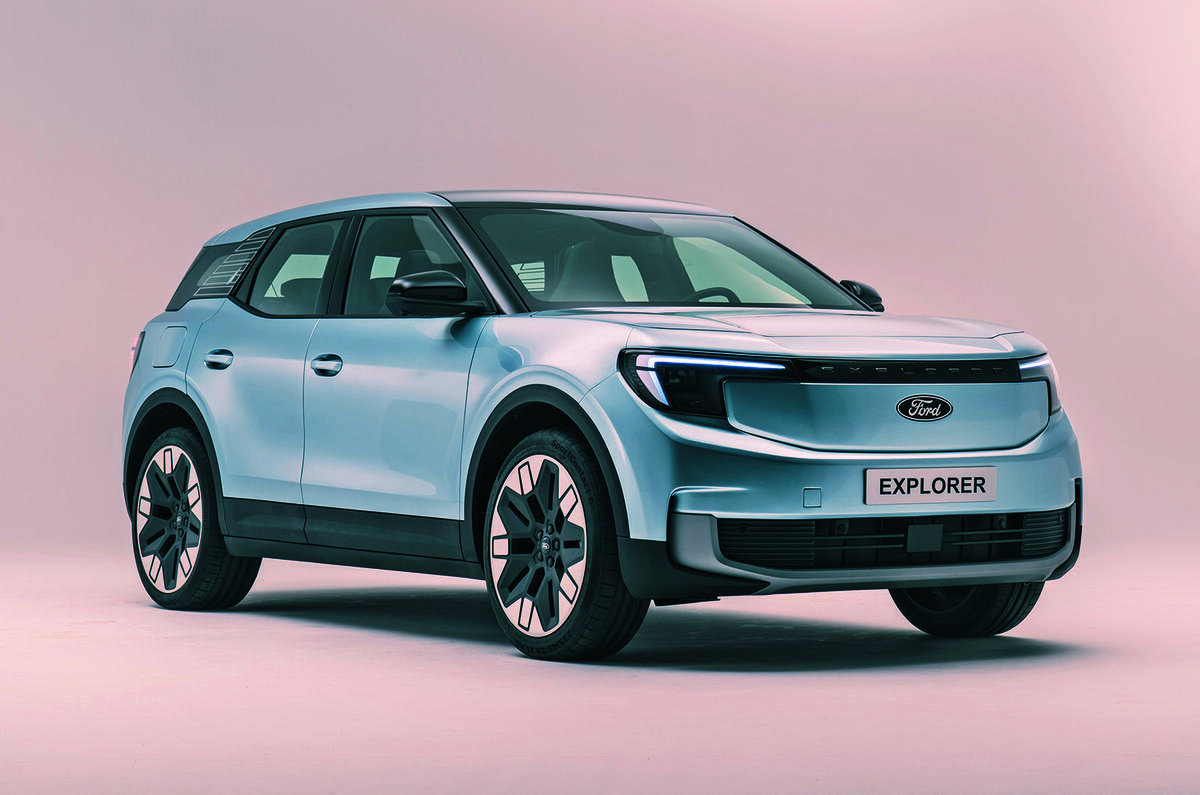
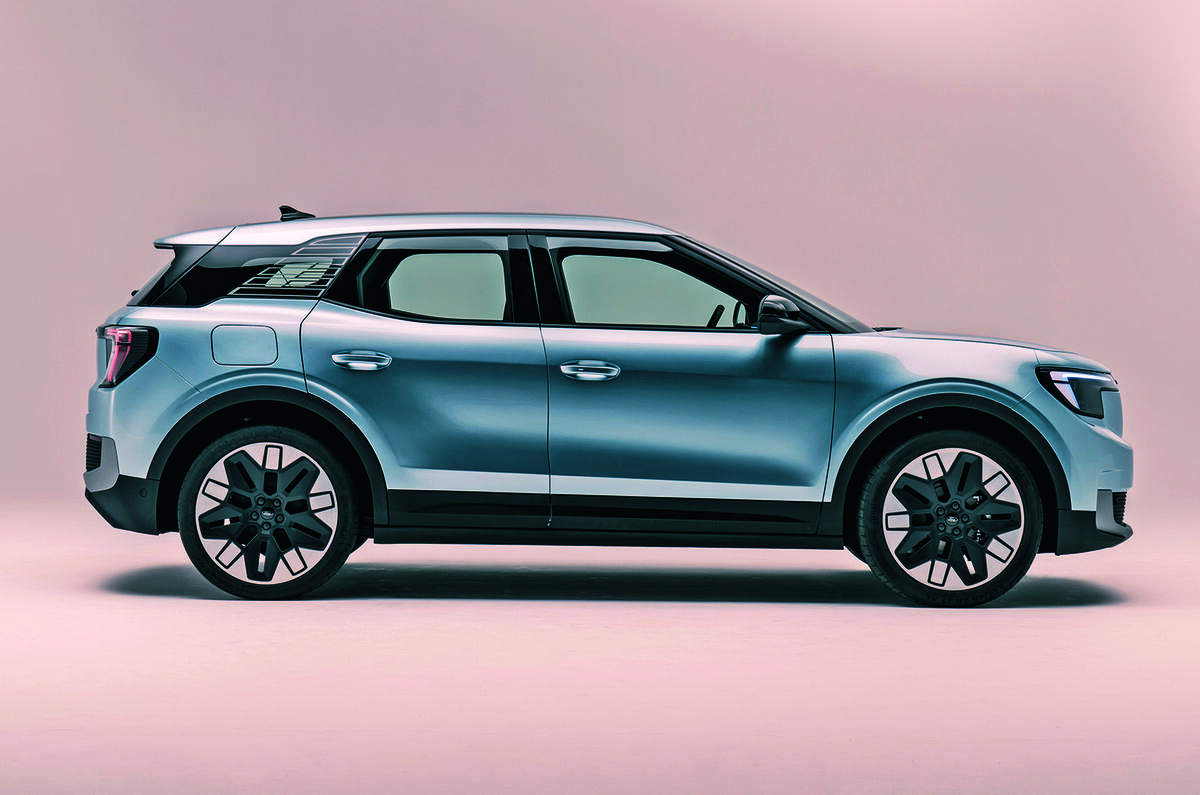
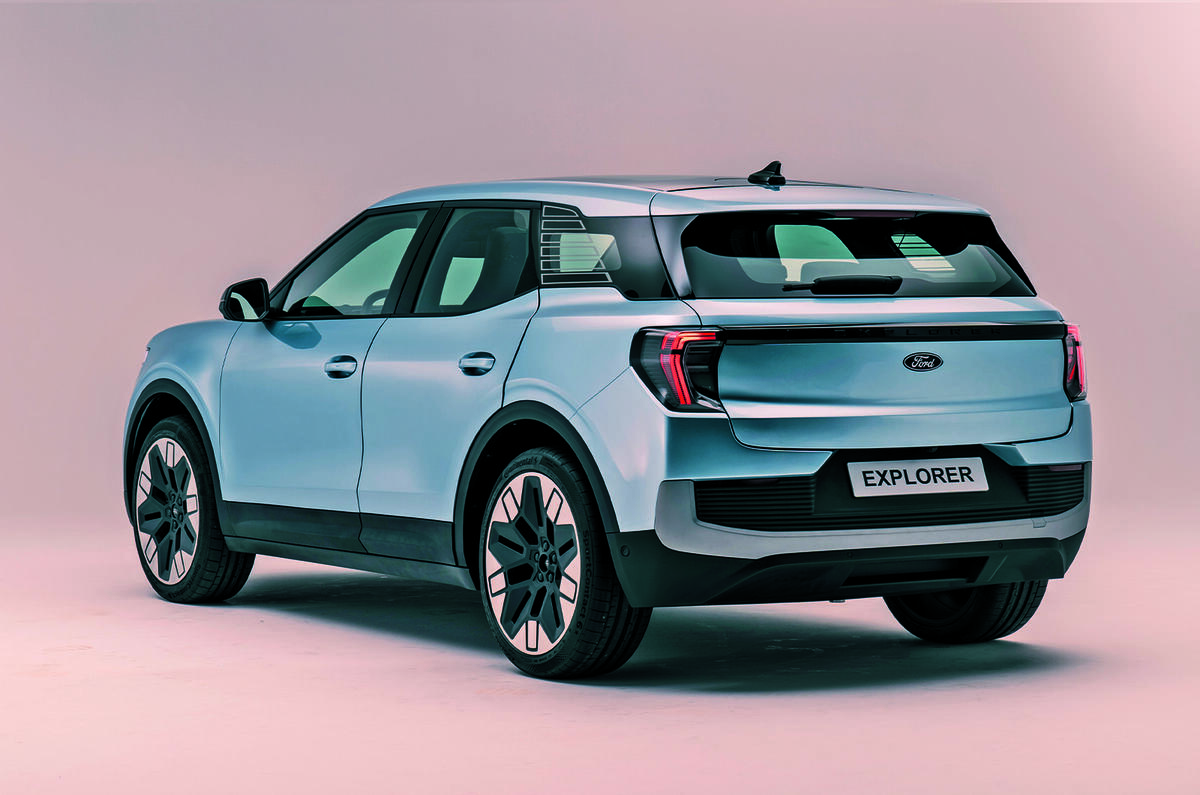
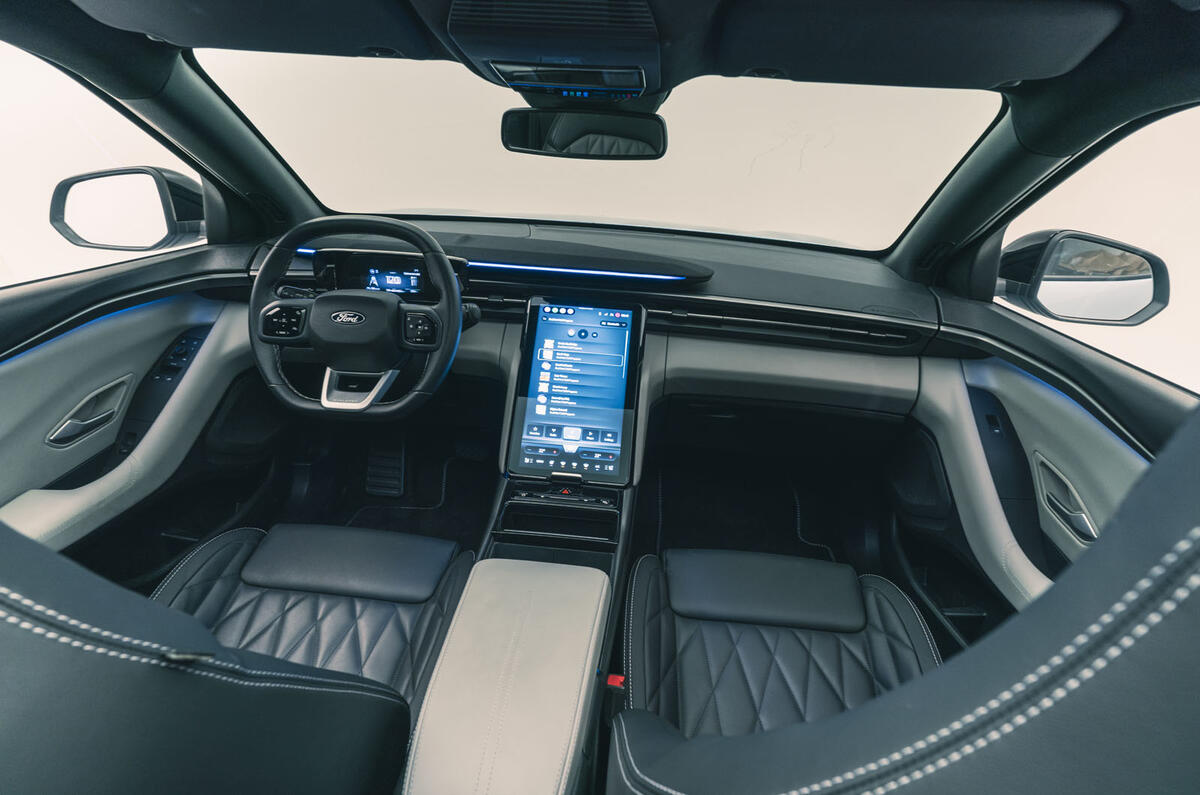
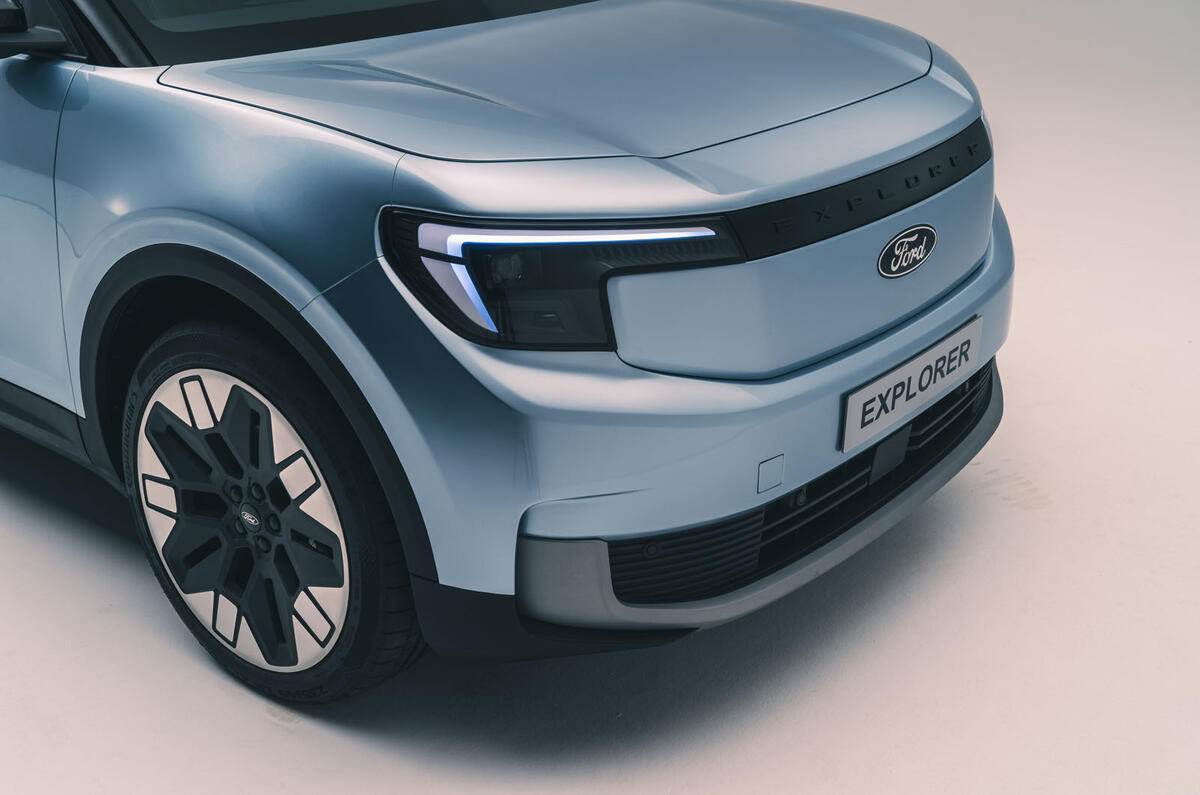
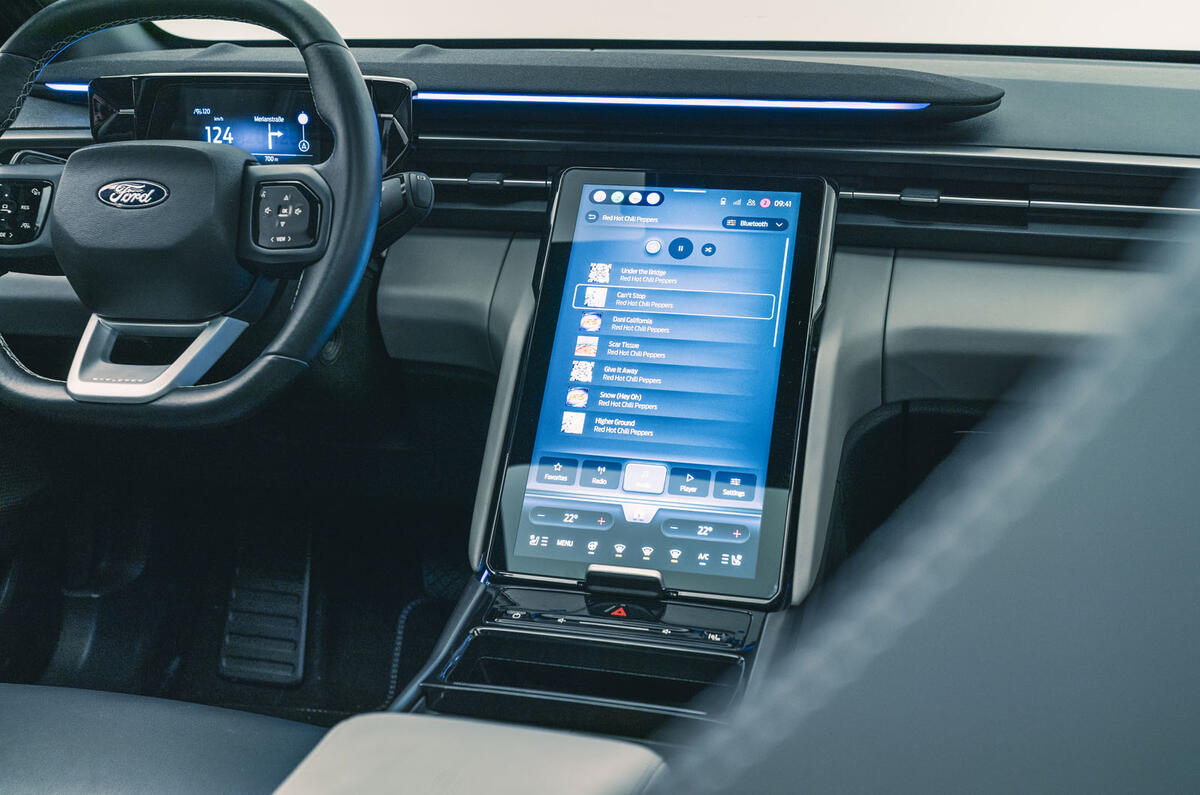
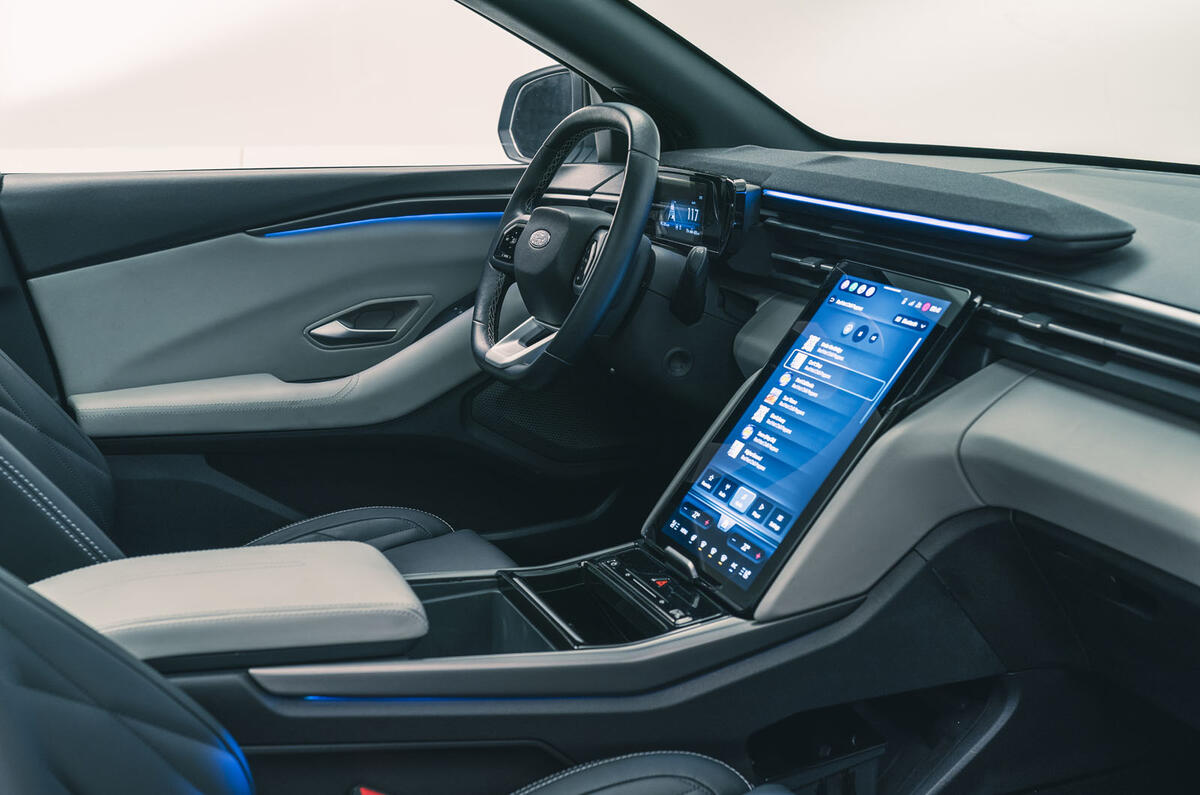
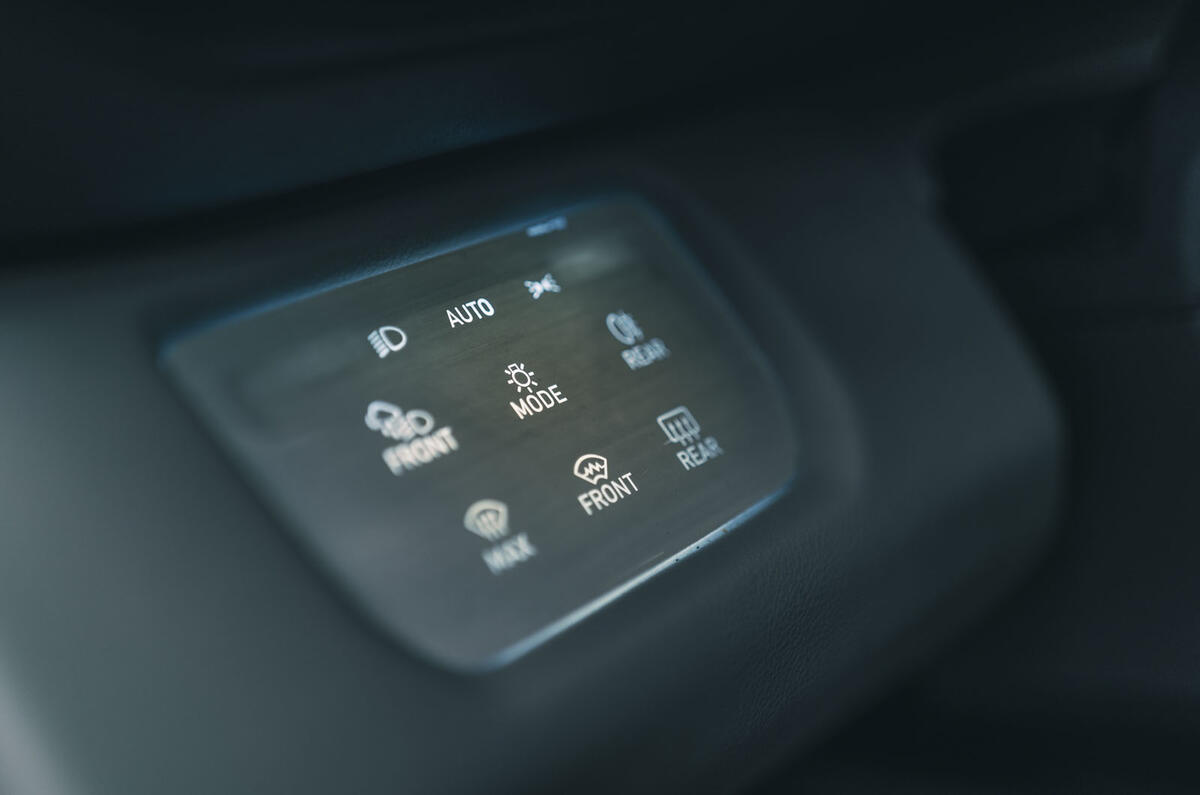
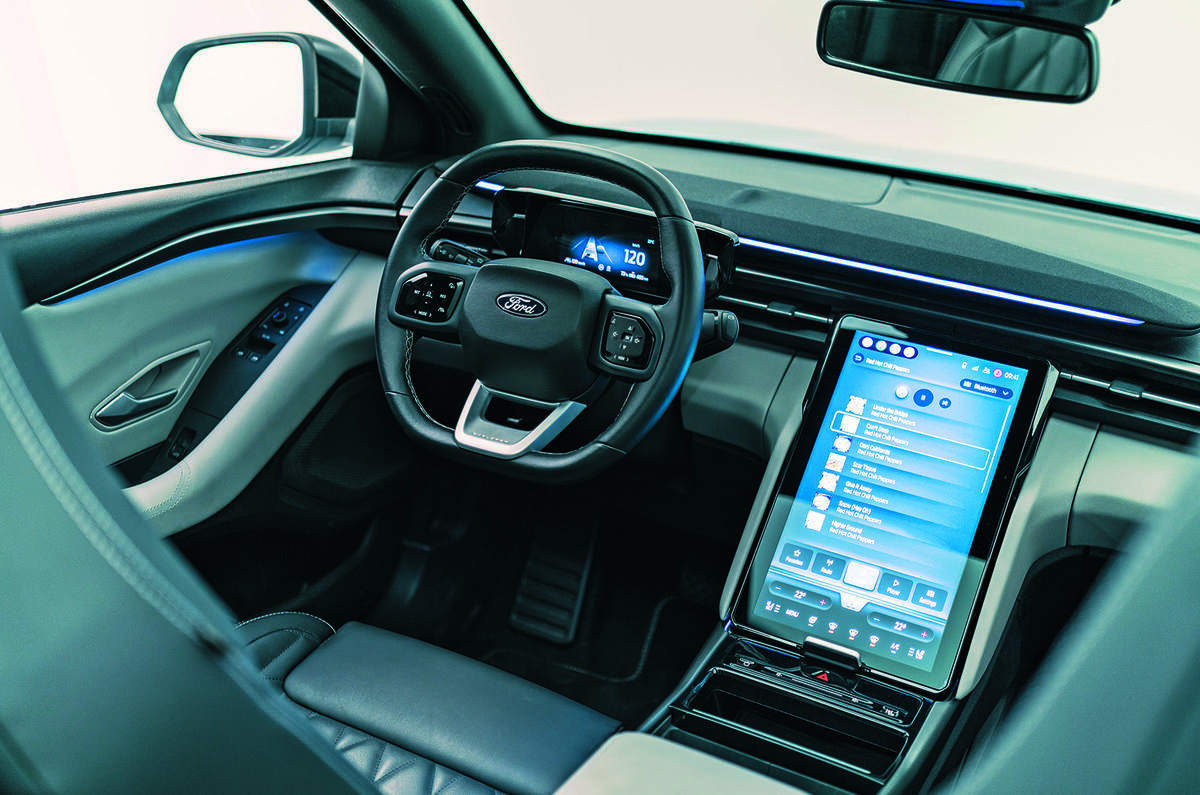
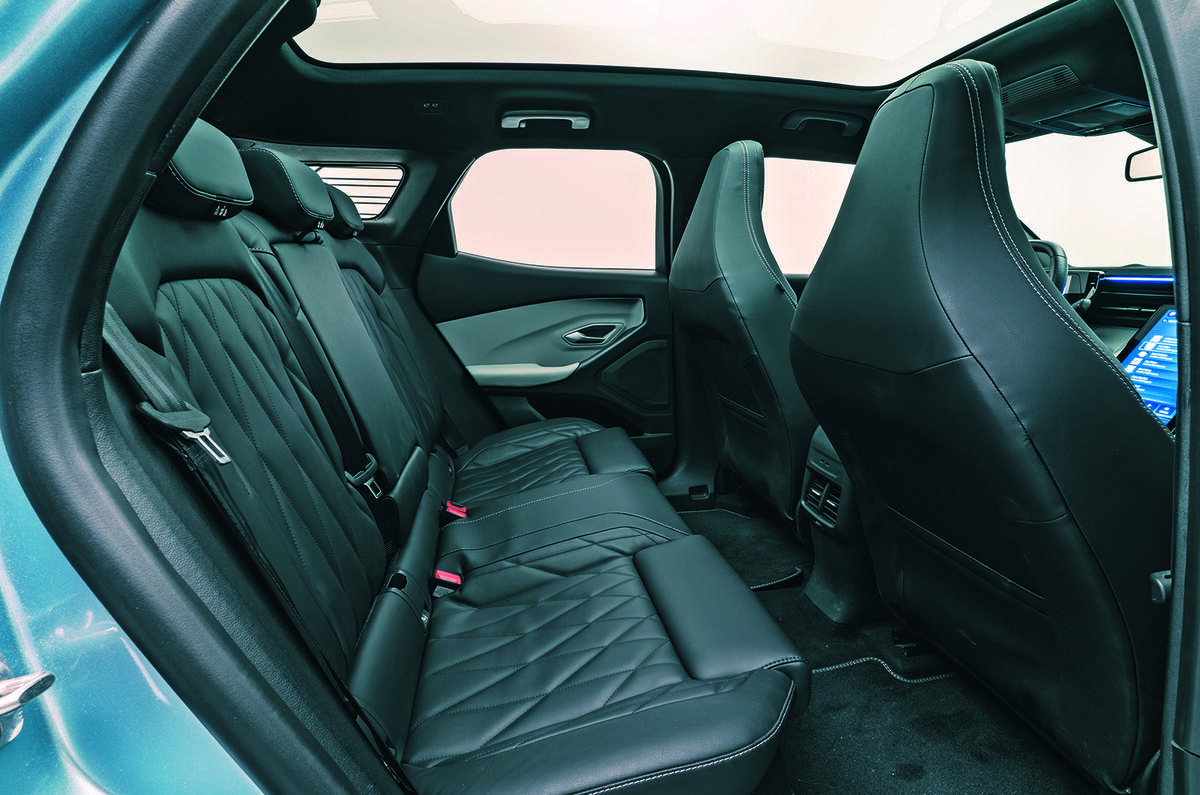
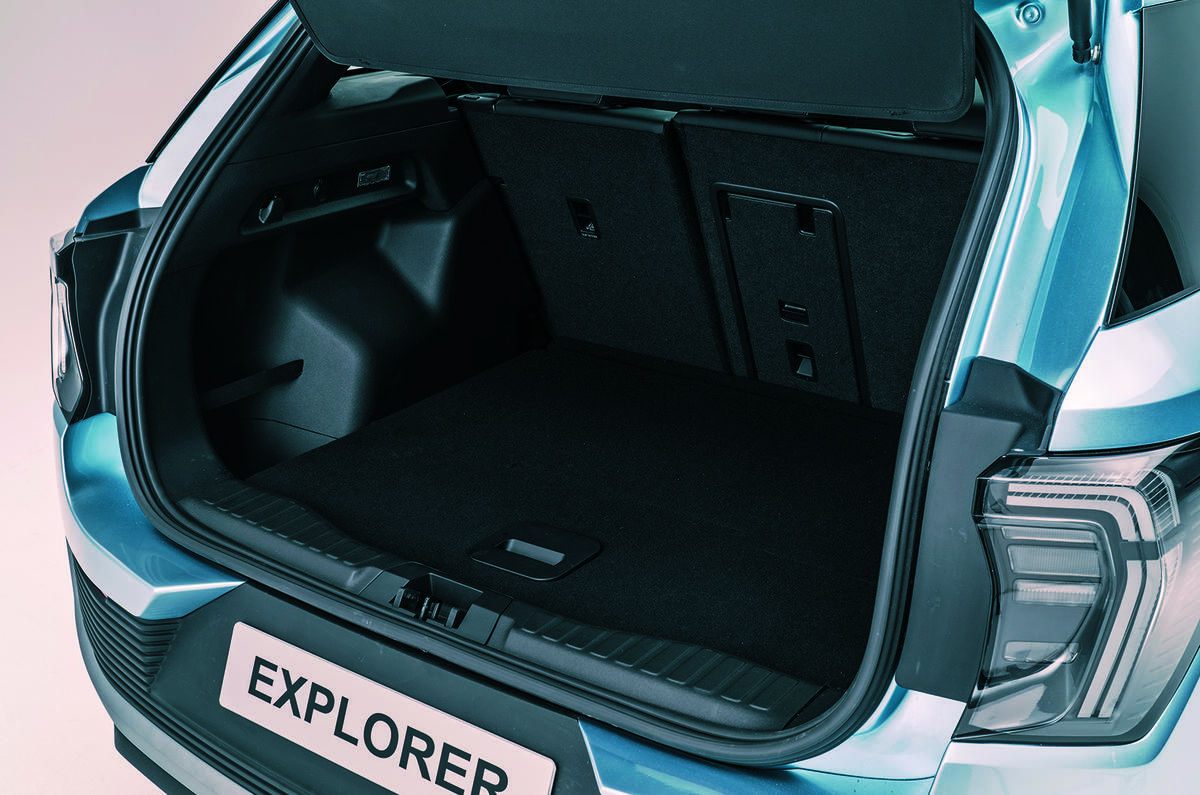
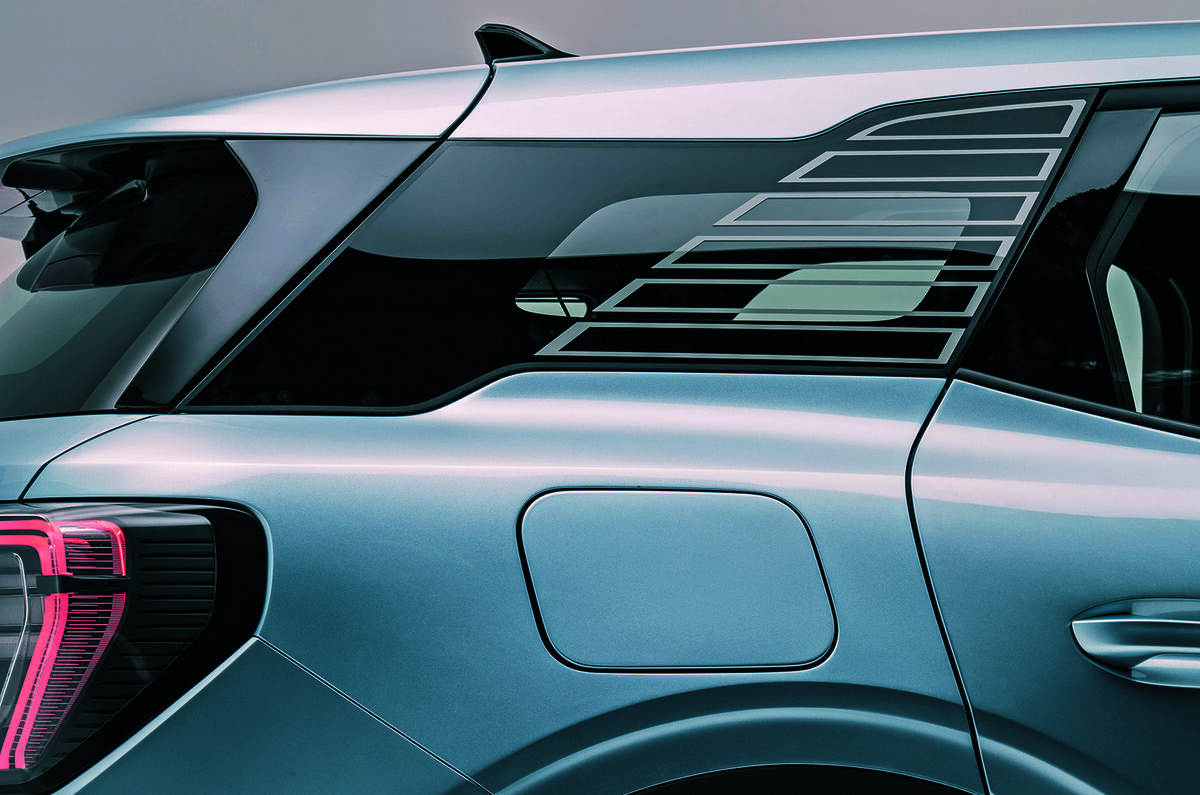
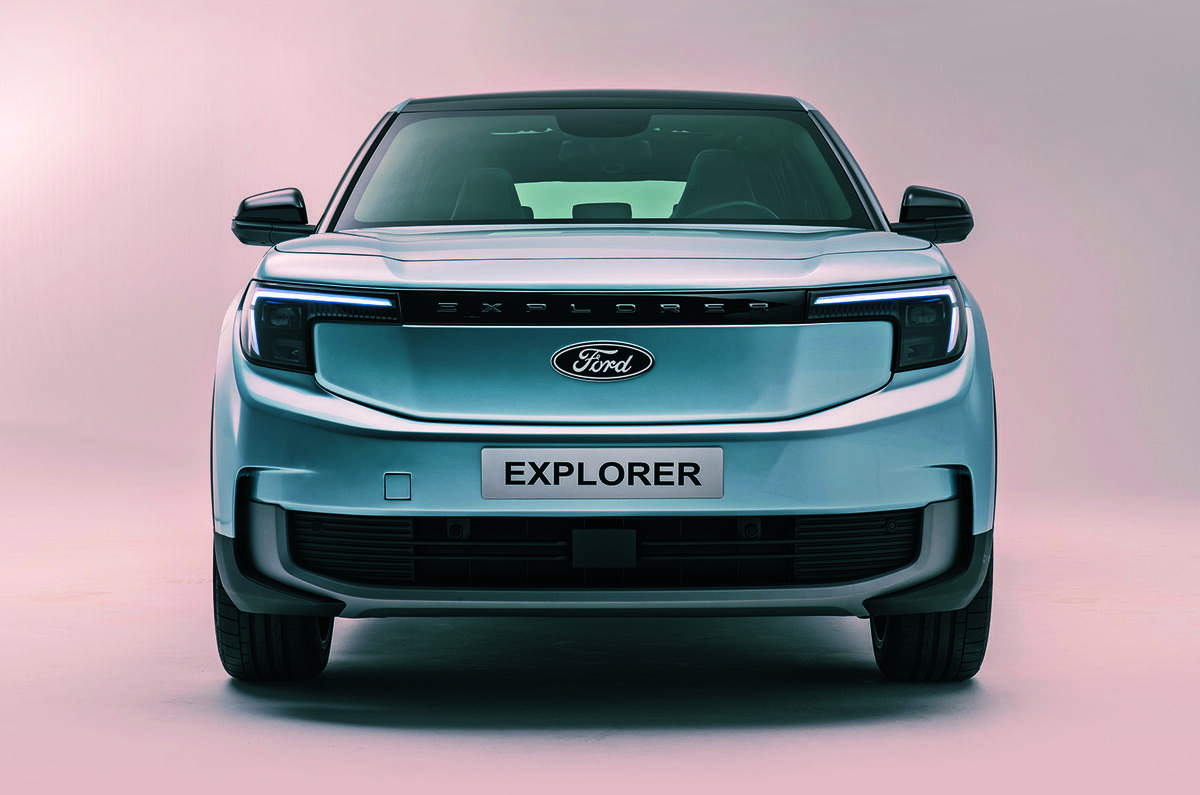
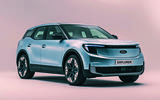
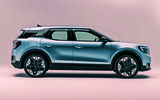
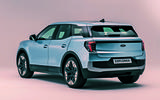
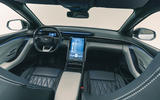
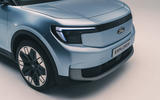
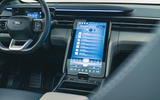
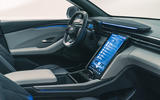
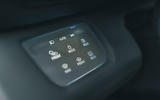
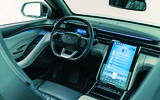
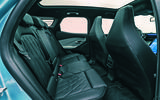
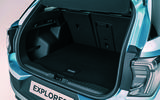

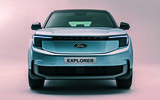






Join the debate
Add your comment
Corrected headline: sub-£40k start price OR 374 miles of range
I'm a bit confused on price - just jumped on the UK configurator and starting price is £45875. You then add stuff like paint, heat pump (needed to get half decent range in the real world) and for a basic trim 2wd car you are looking at £47275. Where is this sub-£40k car??
Car manufacturers need to have a serious word with themselves.
I'm looking forward to the electric reincarnation of the GT40, hope they don't turn it into an SUV....